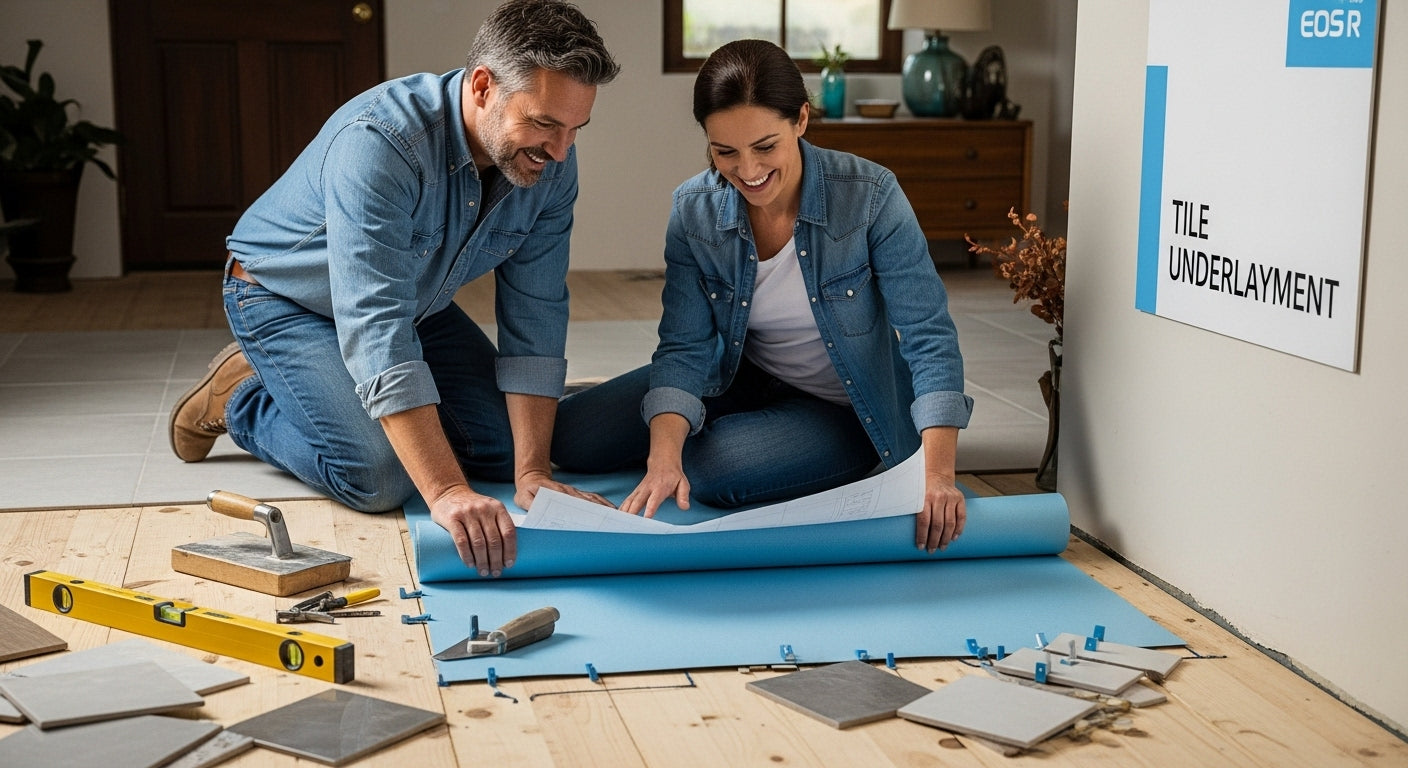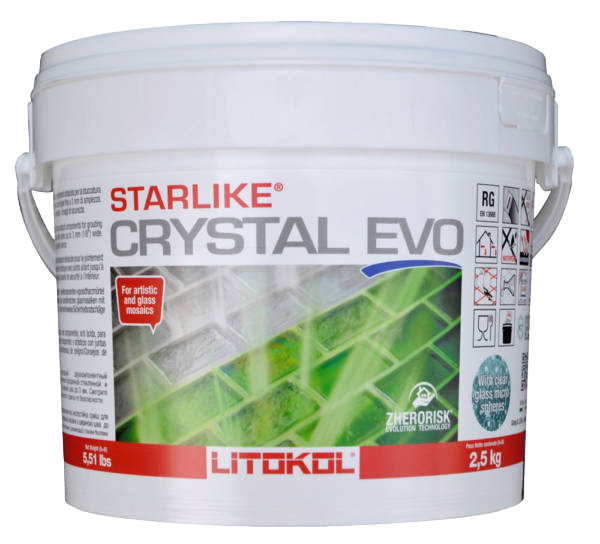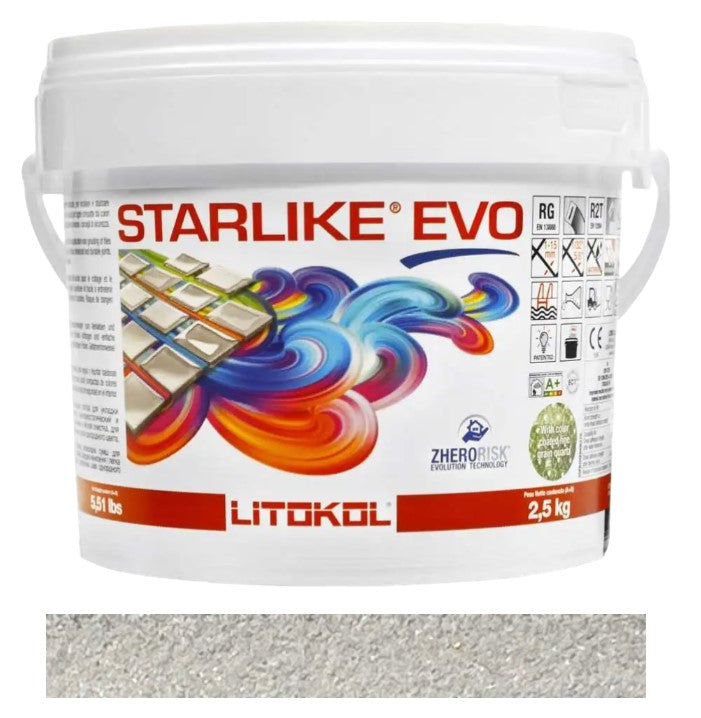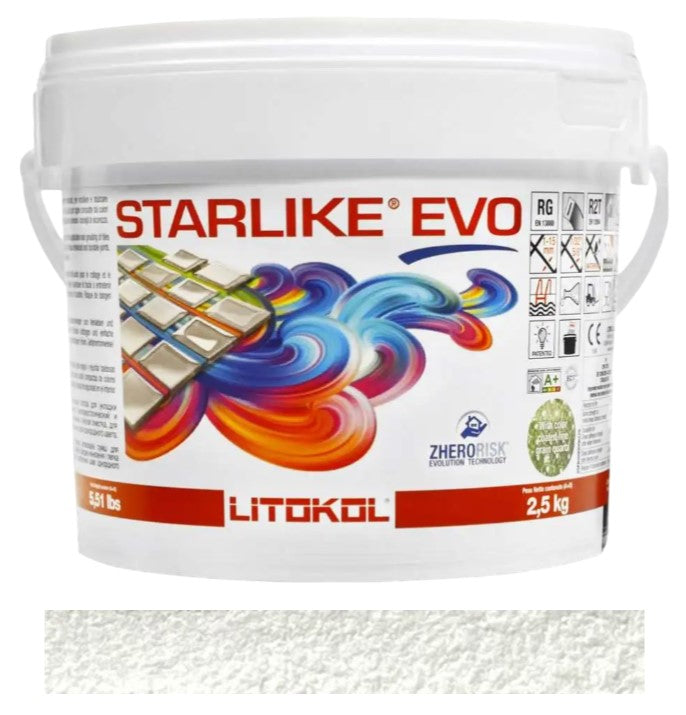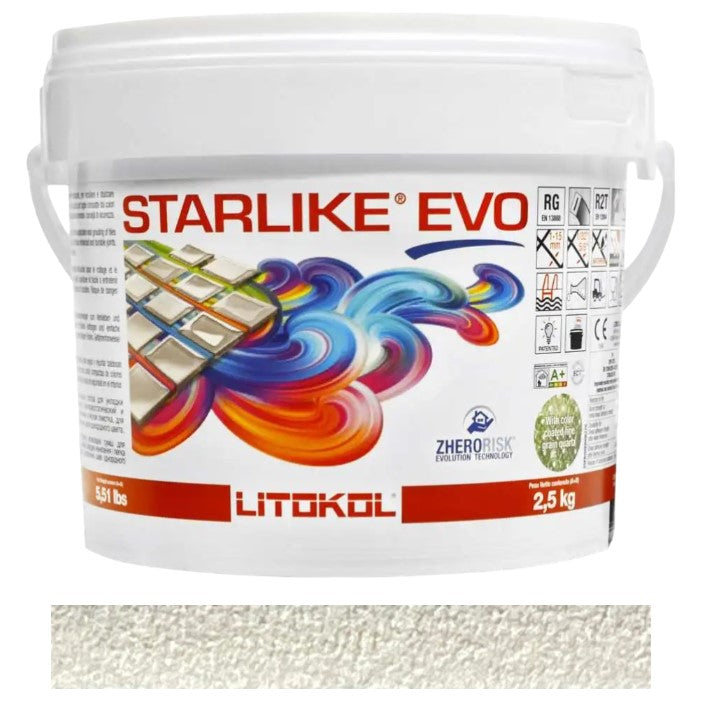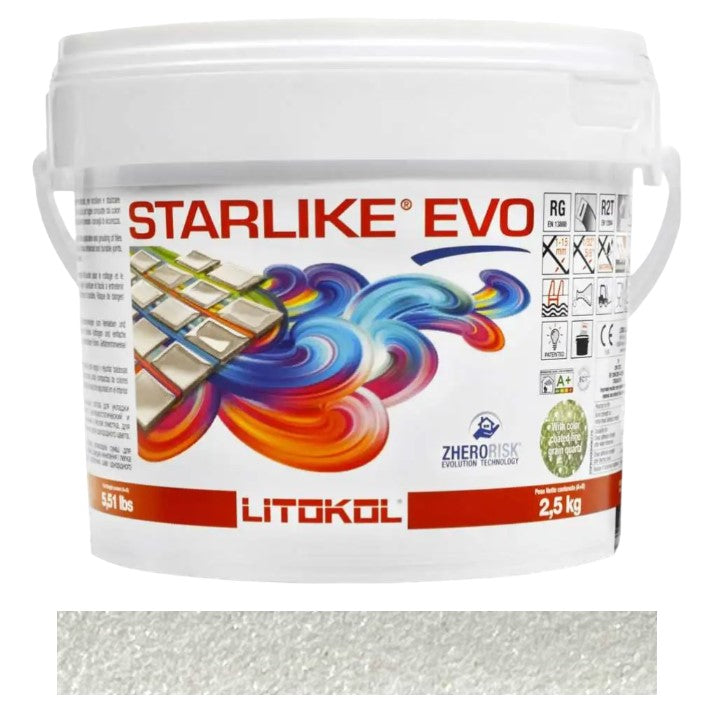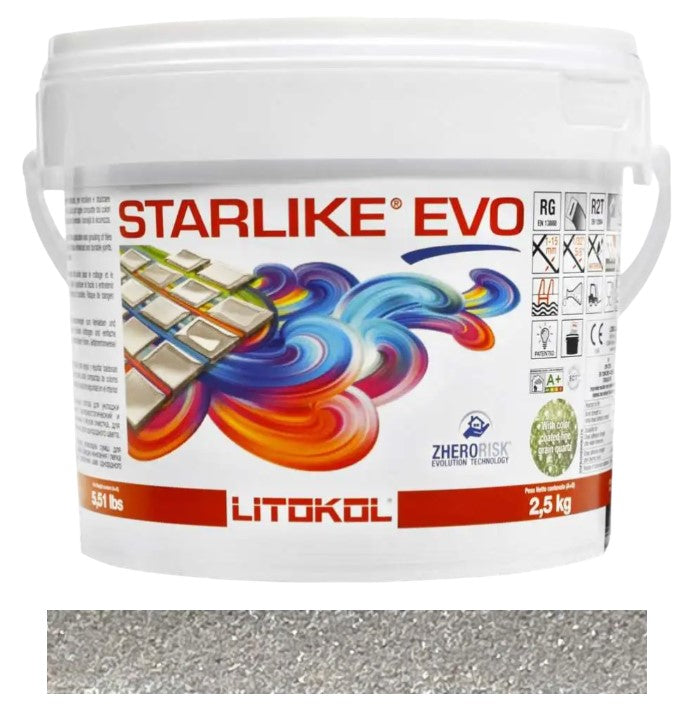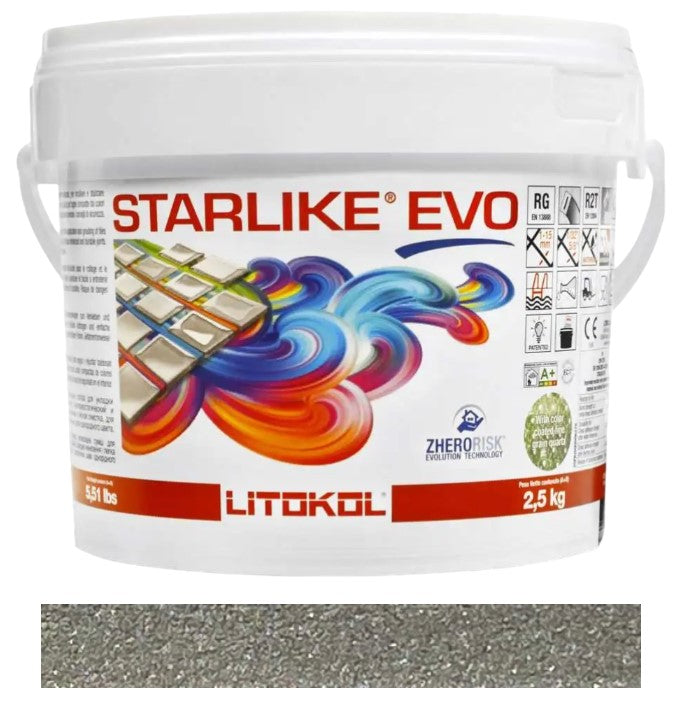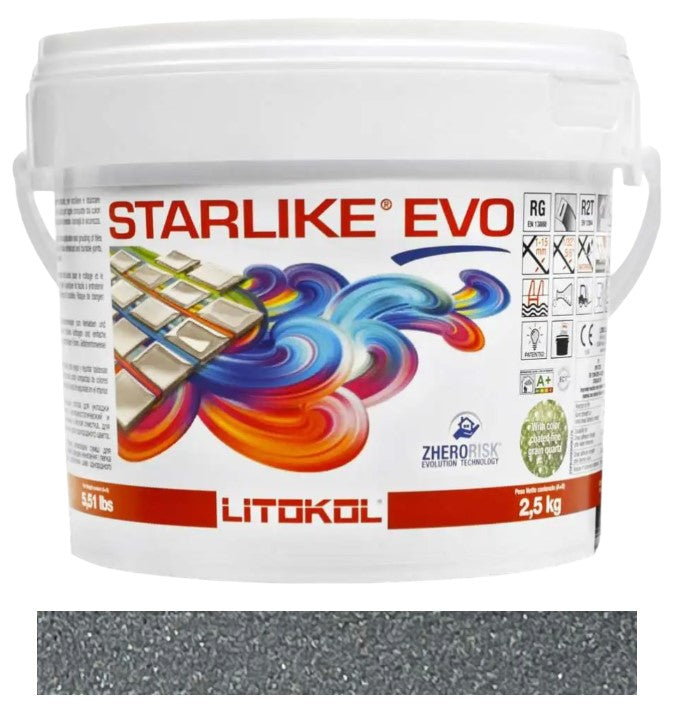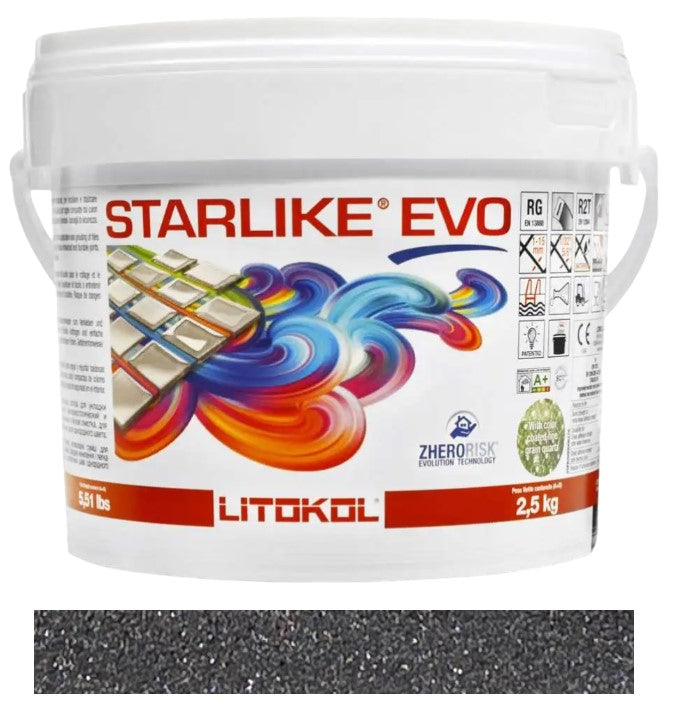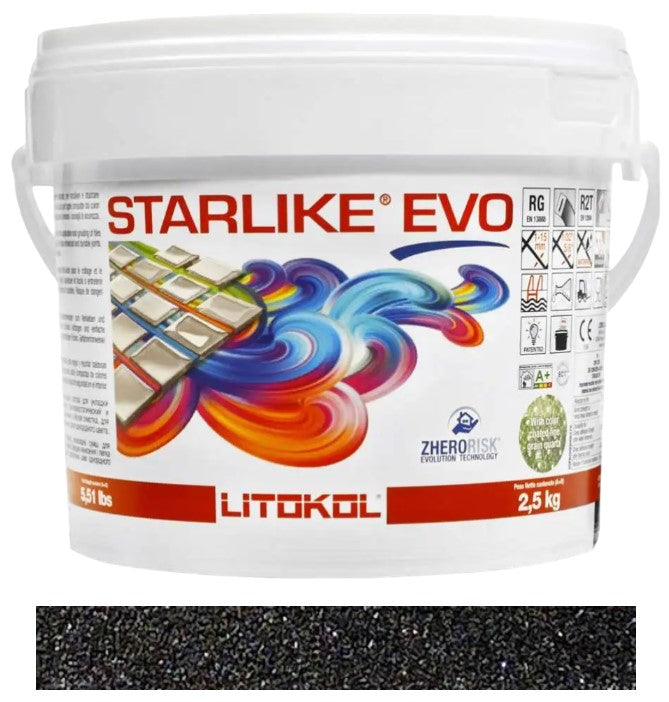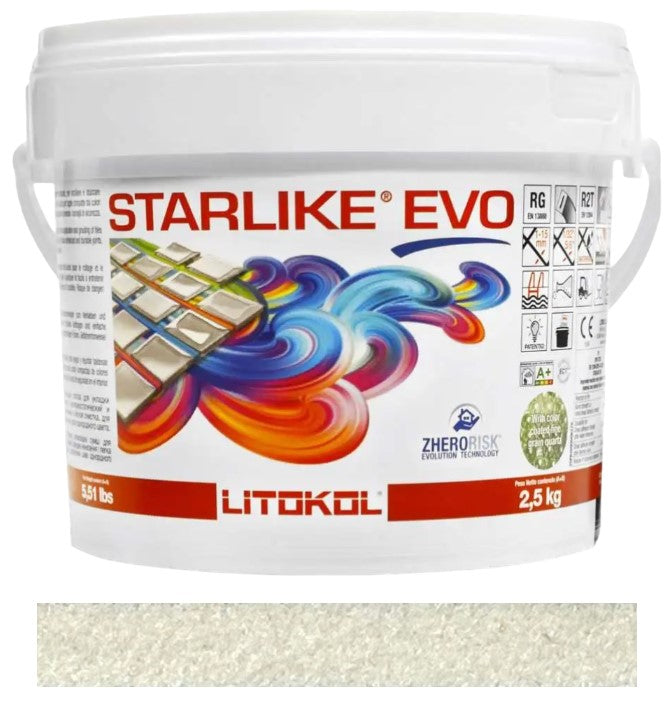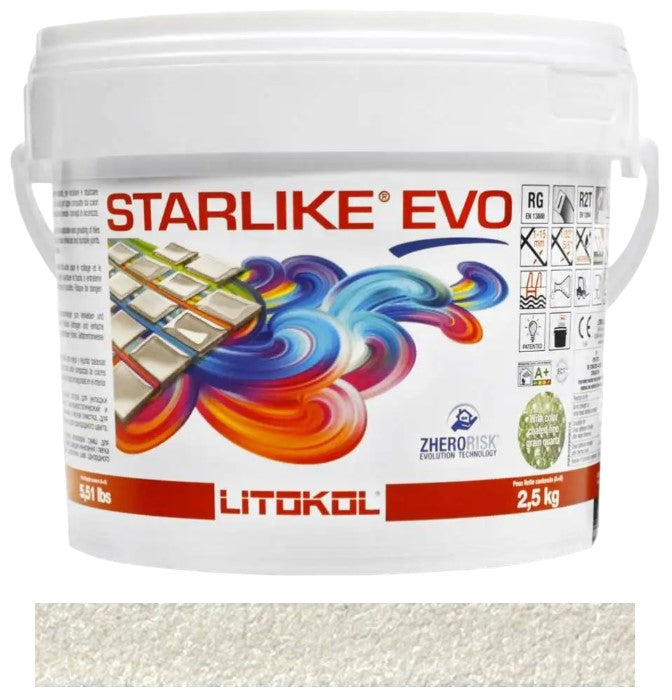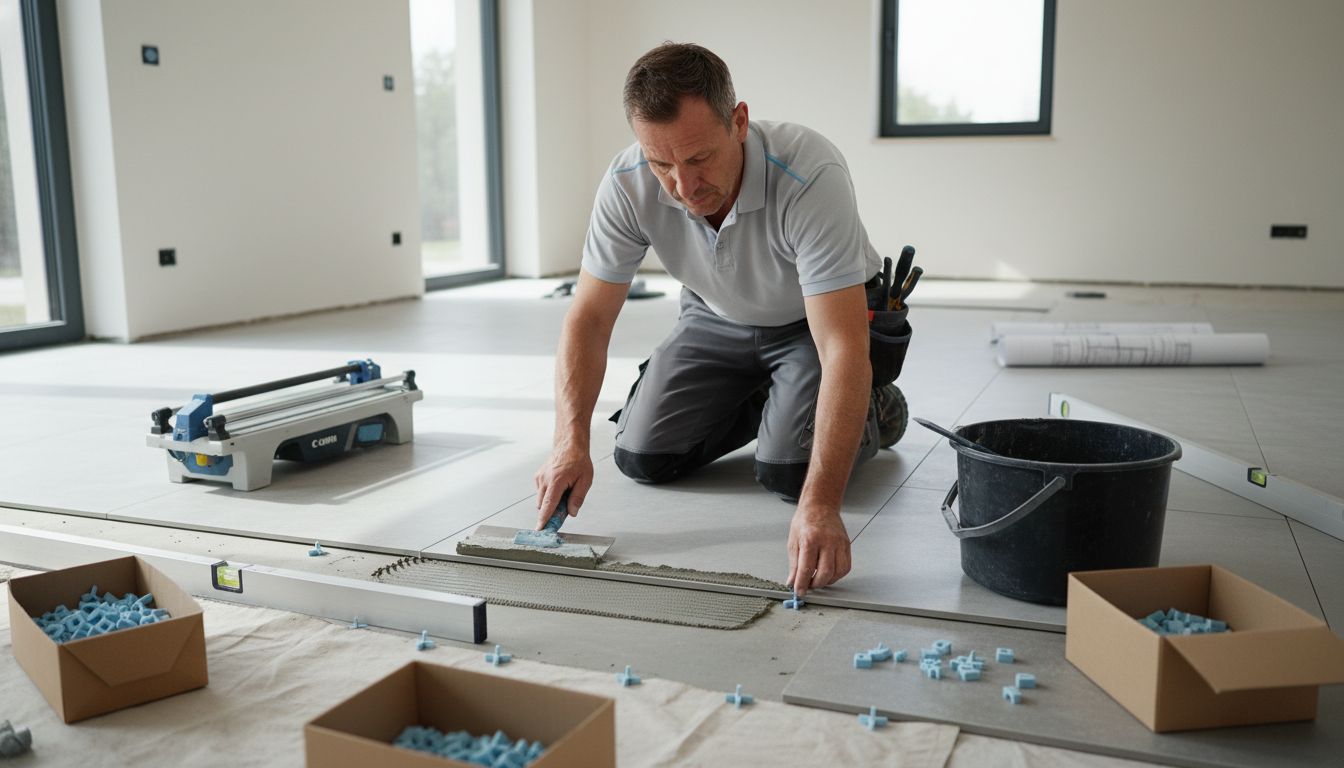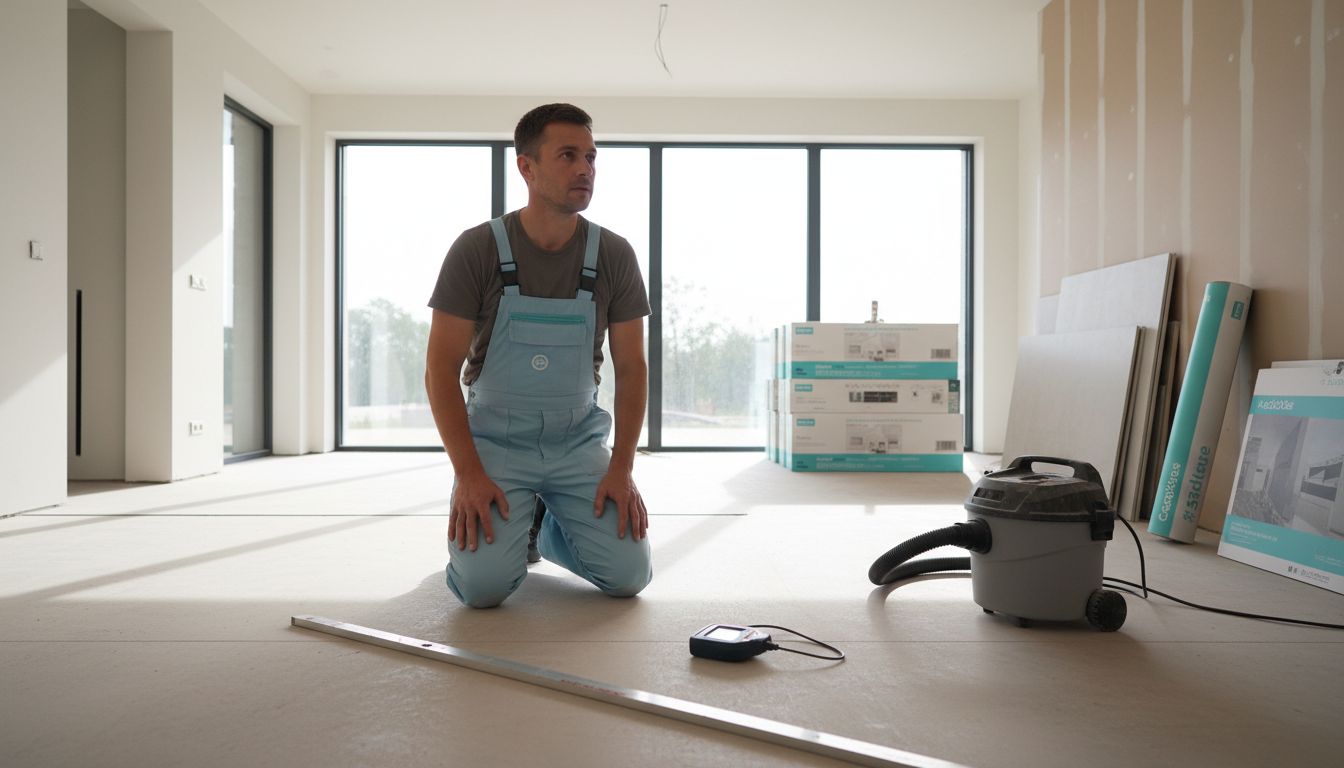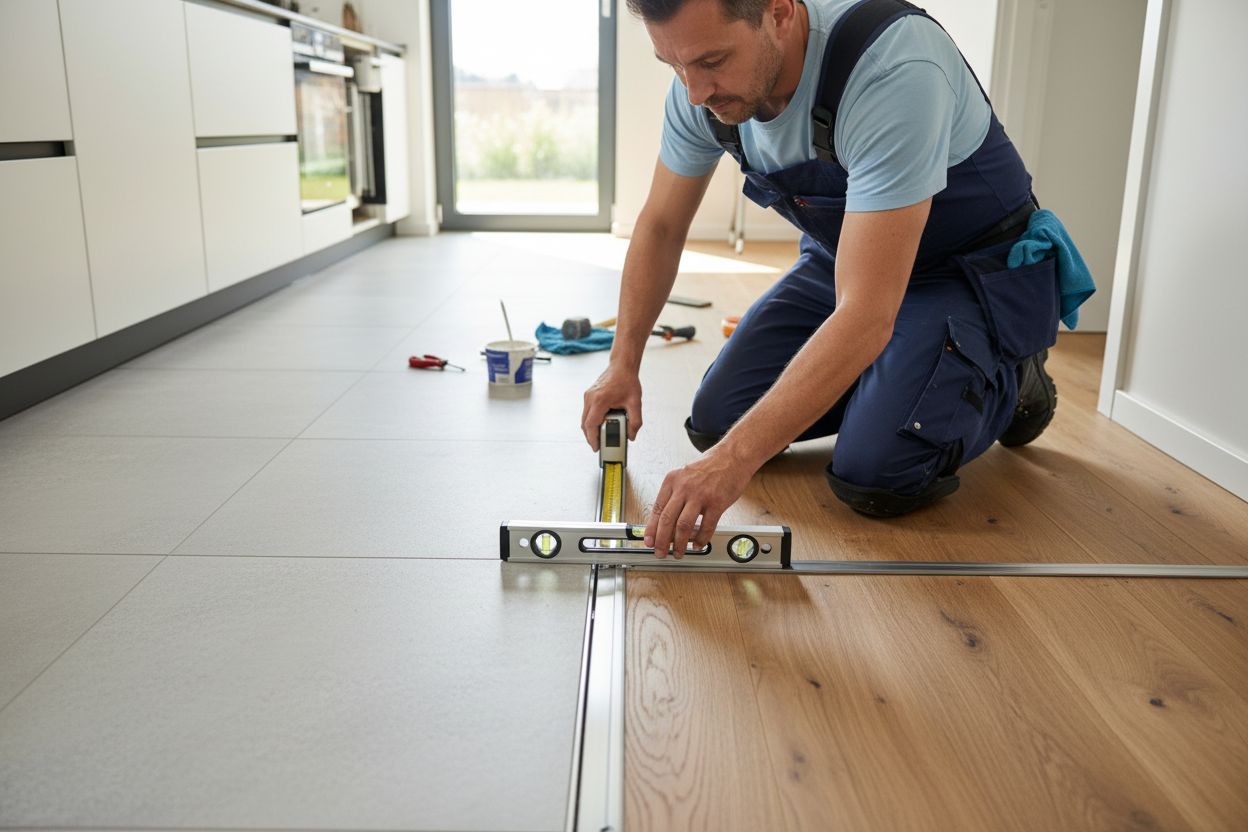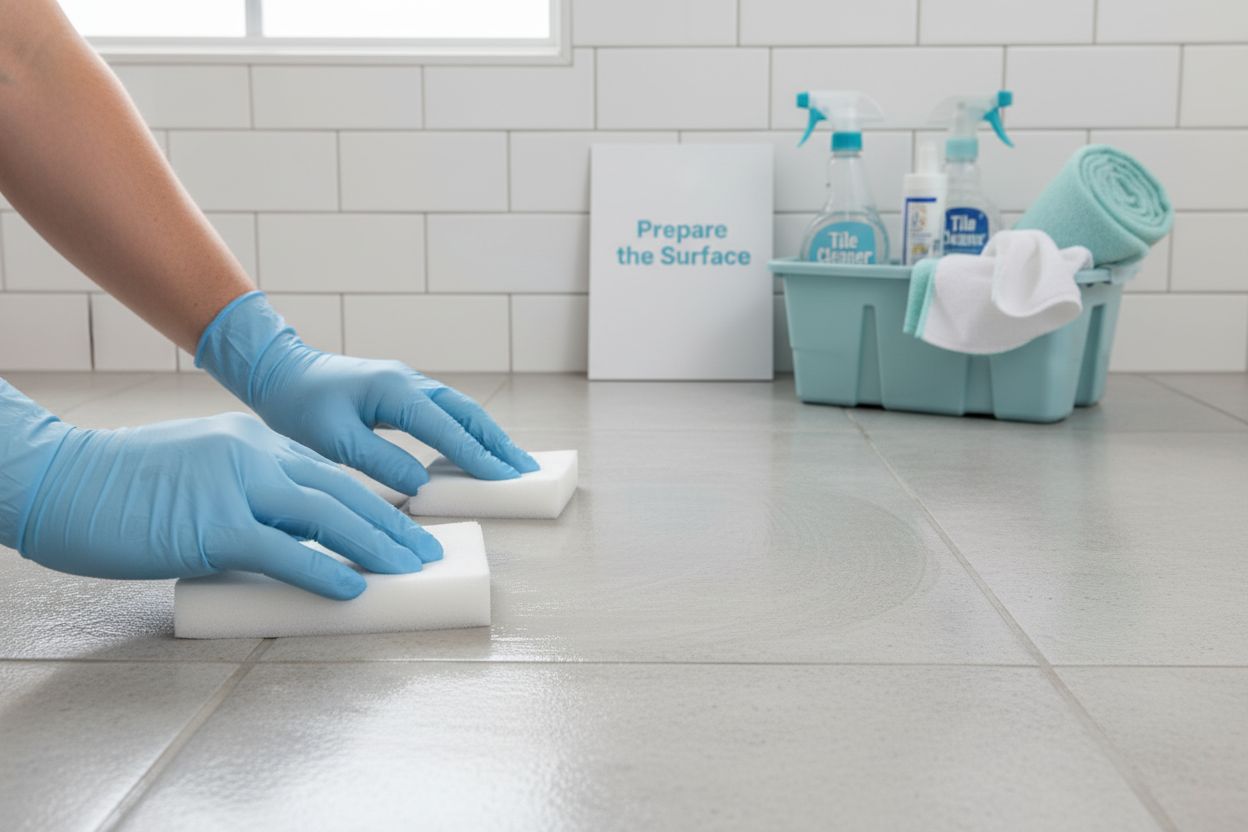Every tile floor that looks perfect and lasts for decades has one secret ingredient working behind the scenes. Not everyone knows that underlayment can reduce the risk of tile cracking by over 40 percent according to engineering studies. But what seems like a simple sheet or board is actually the difference between a smooth, durable floor and one that cracks or shifts in a year.
Table of Contents
- What Is Underlayment For Tile Floors?
- Why Underlayment Is Important For Tile Installation
- How Underlayment Works To Support Tile Floors
- Key Types Of Underlayment For Tile Floors And Their Benefits
- Understanding The Impact Of Underlayment On Floor Performance
Quick Summary
| Takeaway | Explanation |
|---|---|
| Underlayment is essential for tile floors | It creates a stable base, ensuring proper installation and longevity of your tile flooring. |
| Select appropriate underlayment material | Choices like cement board or foam vary by moisture exposure, subfloor condition, and project requirements. |
| Underlayment prevents cracking and wear | It absorbs structural movements and protects tiles from direct stress and moisture damage. |
| Invest in quality underlayment for durability | Quality underlayment extends the lifespan of your floors and maintains aesthetic appeal over time. |
| Consider thermal and sound insulation benefits | Underlayment improves room comfort by enhancing temperature regulation and reducing noise transmission. |
What is Underlayment for Tile Floors?
Underlayment represents a critical foundational layer in tile floor installations, serving as a specialized intermediate material between the subfloor and the finished tile surface. By creating a smooth, stable, and supportive base, underlayment ensures the longevity and performance of your tile flooring. Understanding the role of tile underlayment is essential for successful flooring projects.
The Purpose of Tile Underlayment
Tile underlayment performs multiple crucial functions in floor construction. Its primary objectives include:
- Providing a level and uniform surface for tile installation
- Reducing floor movement and preventing tile cracking
- Enhancing sound and thermal insulation
- Creating moisture barrier protection
- Compensating for minor subfloor imperfections
The material acts as a critical buffer, absorbing slight structural movements and preventing transmission of substrate irregularities to the finished tile surface. This function becomes particularly important in areas experiencing temperature fluctuations or potential structural shifts.
Types of Underlayment Materials
Understanding the variety of underlayment materials helps homeowners and contractors select the most appropriate option for specific flooring scenarios. Common underlayment types include:
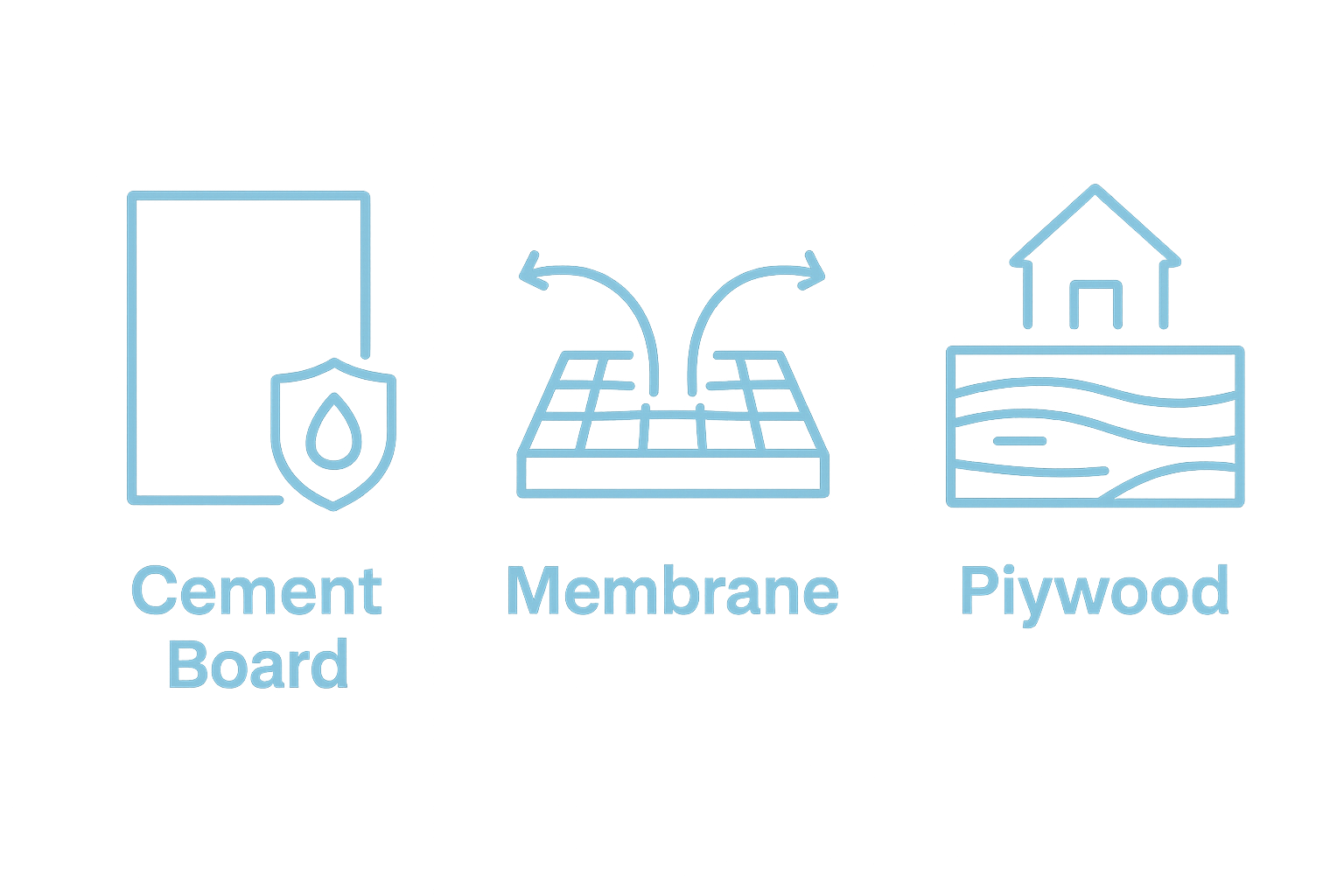
- Cement Board: Ideal for wet areas like bathrooms and kitchens, offering excellent moisture resistance
- Uncoupling Membranes: Designed to minimize stress transfer between subfloor and tile, reducing potential cracking
- Plywood Underlayment: Provides a smooth, stable surface for tile installation in residential settings
- Foam Underlayment: Lightweight option offering sound dampening and minor subfloor correction capabilities
Selecting the right underlayment depends on factors such as room location, moisture exposure, subfloor condition, and specific tile type.
To help you select the right material, the following table compares major types of tile floor underlayment and summarizes their key characteristics, advantages, and typical usage environments.
| Underlayment Type | Key Features | Best For |
|---|---|---|
| Cement Board | Moisture resistant, durable, stable | Bathrooms, kitchens, and other wet areas |
| Uncoupling Membrane | Reduces stress transfer, flexible | Areas with movement, homes with subfloor issues |
| Plywood Underlayment | Smooth, stable, easy to install | Residential rooms with moderate moisture |
| Foam Underlayment | Lightweight, sound dampening | Projects needing minor surface correction and noise reduction |
| Learn more about tile installation techniques to complement your underlayment selection. |
Professional tile installers recognize that proper underlayment is not just an optional step but a fundamental component of a successful, durable tile floor installation. By understanding its purpose and characteristics, you can make informed decisions that protect your investment and ensure beautiful, long-lasting tile flooring.
Why Underlayment is Important for Tile Installation
Tile underlayment serves as a critical component in ensuring the structural integrity, performance, and aesthetic quality of floor installations. Beyond simple surface preparation, underlayment represents a sophisticated engineering solution that addresses multiple complex challenges inherent in tile flooring systems. Research from construction engineering studies consistently demonstrates its vital role in long-term flooring durability.
Structural Protection and Stability
The fundamental importance of underlayment lies in its ability to create a robust protective barrier between the subfloor and tile surface. This intermediate layer performs several critical functions:
- Distributing weight evenly across the floor surface
- Minimizing potential structural stress points
- Compensating for minor subfloor irregularities
- Preventing tile fracturing due to substrate movement
Without proper underlayment, tiles become vulnerable to cracking, shifting, and premature wear. The material acts as a shock absorber, mitigating potential damage from structural settling, temperature fluctuations, and everyday usage.
Moisture and Environmental Management
Underlayment plays a crucial role in managing moisture and environmental challenges. Different underlayment materials provide specific protective characteristics:
- Waterproofing: Preventing moisture penetration in bathrooms, kitchens, and other high-humidity areas
- Thermal Insulation: Improving overall room temperature regulation
- Sound Dampening: Reducing noise transmission between floors
- Vapor Barrier: Blocking potential moisture migration from subfloors
Professional installers recognize that selecting the appropriate underlayment is not merely a technical detail but a fundamental decision that impacts the entire flooring system. Explore advanced tile installation techniques to understand how professional-grade underlayment contributes to superior flooring performance.
By investing in high-quality underlayment, homeowners protect their tile floors against potential structural failures, environmental challenges, and premature degradation. The small upfront investment in proper underlayment translates into significantly extended floor lifespan and maintained aesthetic appeal.
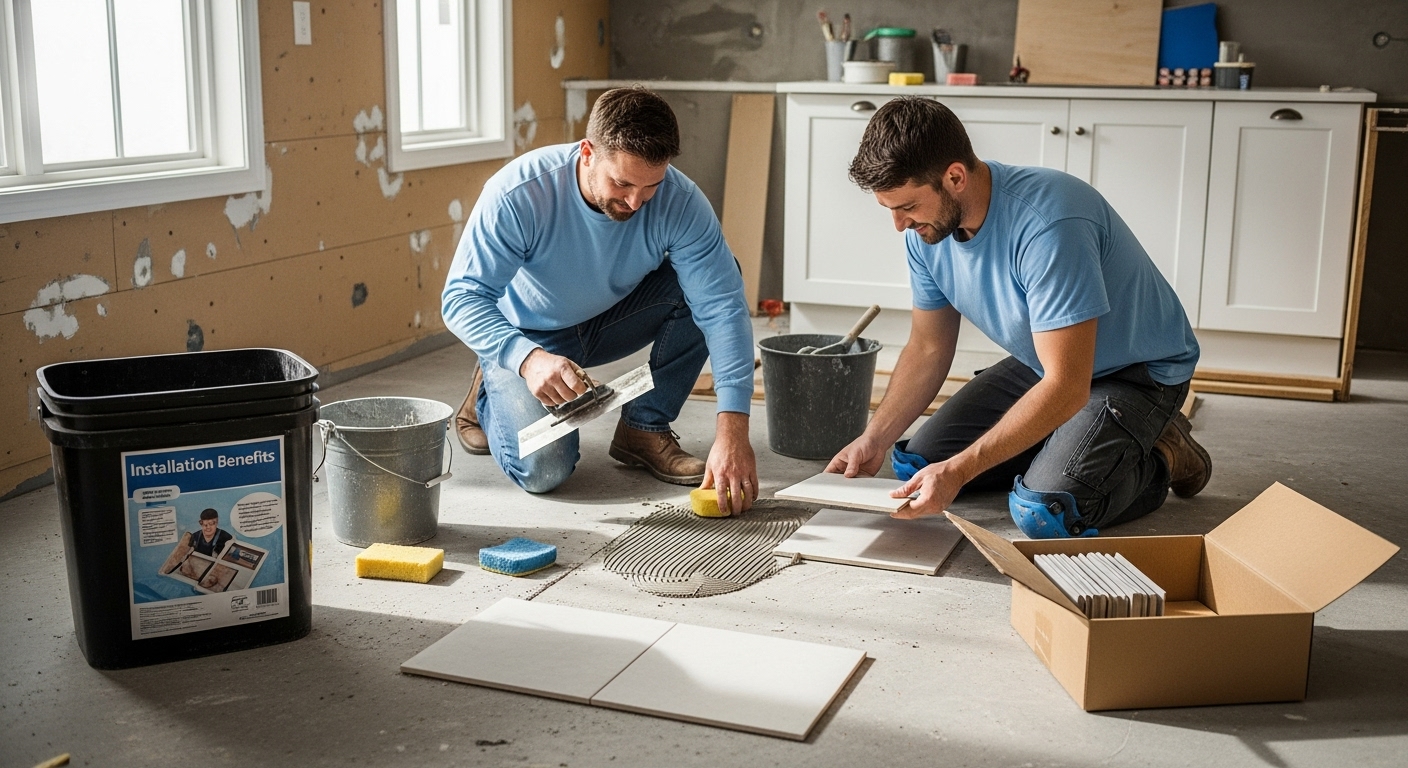
How Underlayment Works to Support Tile Floors
Underlayment functions as a sophisticated engineering solution that transforms the interaction between tile surfaces and subfloors. By creating a strategic intermediate layer, underlayment mitigates potential structural challenges and enhances overall floor performance. Construction engineering research highlights the critical role of this foundational component in maintaining long-term flooring integrity.
Load Distribution and Stress Mitigation
The mechanical properties of underlayment are designed to address complex structural dynamics. This specialized layer operates through several key mechanisms:
- Spreading weight uniformly across the floor surface
- Absorbing localized impact and pressure variations
- Creating a smooth transition between different structural layers
- Preventing direct stress transfer between subfloor and tile
By functioning as a dynamic shock absorber, underlayment significantly reduces the risk of tile cracking, chipping, and premature wear. The material’s inherent flexibility allows it to adapt to minor subfloor imperfections while maintaining a stable, level surface.
Thermal and Acoustic Performance
Beyond structural support, underlayment delivers additional performance benefits that enhance overall room comfort:
- Thermal Insulation: Reducing heat loss and improving room temperature regulation
- Sound Dampening: Minimizing noise transmission between floors
- Moisture Barrier: Blocking potential water migration and preventing substrate damage
- Expansion Compensation: Allowing natural material movement without compromising tile integrity
Learn more about different tile flooring options to appreciate how underlayment contributes to comprehensive flooring solutions.
Professional installers understand that underlayment is not merely an optional accessory but a fundamental engineering layer that determines the long-term performance and durability of tile installations. By providing a sophisticated interface between subfloor and tile, underlayment ensures that your flooring remains stable, resilient, and aesthetically pleasing for years to come.
Below is a table summarizing how underlayment improves specific performance attributes in tile flooring installations, helping you understand its range of benefits for both structure and comfort.
| Performance Attribute | Underlayment Benefit | Resulting Impact on Tile Floor |
|---|---|---|
| Load Distribution | Spreads weight evenly across floor | Prevents tile cracking and surface stress |
| Moisture Resistance | Blocks water penetration, creates barrier | Protects against substrate damage and mold |
| Acoustic Dampening | Absorbs sound vibrations | Reduces noise transmitted between floors |
| Thermal Insulation | Reduces heat loss from subfloor | Improves room temperature and comfort |
| Expansion Accommodation | Allows slight movement | Minimizes risk of tile detachment or warping |
Key Types of Underlayment for Tile Floors and Their Benefits
Selecting the appropriate underlayment is a critical decision that directly impacts tile floor performance, durability, and overall installation quality. Waterproof membrane research highlights the importance of matching underlayment characteristics to specific flooring requirements and environmental conditions.
Cement Board Underlayment
Cement board represents a robust and versatile underlayment solution particularly suited for high-moisture environments. Its unique properties make it an exceptional choice for specific flooring scenarios:
- Exceptional moisture resistance
- High dimensional stability
- Superior strength and durability
- Excellent tile adhesion surface
- Ideal for bathrooms, kitchens, and wet areas
Professional installers appreciate cement board’s ability to create a stable, water-resistant foundation that prevents substrate degradation and supports long-term tile performance. The material’s dense composition ensures minimal flexing and maximum structural integrity.
Advanced Membrane and Uncoupling Systems
Modern underlayment technologies have evolved to address complex flooring challenges with sophisticated design approaches:
- Polyethylene Uncoupling Membranes: Minimize stress transfer between subfloor and tile
- Waterproof Membranes: Provide comprehensive moisture protection
- Foam Underlayment: Offer sound dampening and minor surface correction
- Synthetic Composite Systems: Combine multiple performance characteristics
Explore tile flooring comparisons to understand how advanced underlayment systems enhance overall floor performance.
Understanding the nuanced benefits of different underlayment types empowers homeowners and professionals to make informed decisions. Each material offers unique advantages, and the optimal selection depends on specific project requirements, environmental conditions, and desired long-term performance characteristics.
Understanding the Impact of Underlayment on Floor Performance
Underlayment functions as a critical performance enhancement layer that dramatically influences the overall quality, durability, and functionality of tile flooring systems. Engineering research demonstrates that strategic underlayment selection can significantly extend floor lifespan and maintain aesthetic integrity.
Structural Performance and Longevity
The impact of underlayment extends far beyond simple surface preparation, directly affecting the floor’s fundamental structural characteristics:
- Redistributing weight loads across entire floor surface
- Preventing localized stress concentrations
- Mitigating potential subfloor movement and settlement
- Reducing potential for tile cracking and premature wear
Professional installers recognize that high-quality underlayment acts as a sophisticated shock absorption system, transforming potentially uneven or unstable subfloors into robust, reliable tile installation platforms. The material’s ability to accommodate minor structural variations ensures consistent performance across diverse environmental conditions.
Performance Optimization Factors
Multiple interconnected factors determine underlayment’s overall performance contribution:
- Thermal Resistance: Improving room temperature management
- Acoustic Dampening: Reducing noise transmission
- Moisture Resistance: Preventing substrate degradation
- Dimensional Stability: Maintaining consistent floor characteristics
- Expansion Accommodation: Allowing natural material movement
Explore tile design considerations to appreciate how underlayment contributes to comprehensive flooring performance.
Understanding underlayment’s multifaceted role transforms it from a seemingly mundane installation component into a critical engineering solution. By selecting appropriate underlayment materials tailored to specific project requirements, homeowners and professionals can significantly enhance floor durability, comfort, and long-term aesthetic appeal.
Secure Your Tile Investment With the Right Foundation
Are you feeling uncertain about which underlayment will truly protect your new tile installation? This article made it clear how crucial underlayment is for preventing cracks and moisture damage and ensuring a long-lasting floor. Small oversights now can lead to expensive repairs and a floor that does not stand the test of time. At TileChoices.com, we give you more than just a wide selection of quality tiles. We offer the expertise and resources you need for every step of your project.

Make your next flooring project a success. Visit TileChoices.com for a curated range of tiles that work perfectly with top-rated underlayments. Explore our blog to learn smart installation tips and find the products that match your style and needs. Shop now to choose quality you can trust and lay the strongest foundation for your home.
Frequently Asked Questions
What is the purpose of tile underlayment?
Tile underlayment serves multiple functions, including providing a level surface for installation, reducing floor movement, enhancing insulation, creating moisture barriers, and compensating for minor imperfections in the subfloor.
What types of materials are commonly used for tile underlayment?
Common types of tile underlayment materials include cement board, uncoupling membranes, plywood, and foam. Each material has specific benefits suited for different environments and tile types.
How does underlayment prevent cracking in tile floors?
Underlayment acts as a shock absorber by distributing weight evenly and minimizing stress transfer from the subfloor to the tile. This helps prevent cracking, chipping, and premature wear of the tiles.
Why is moisture control important in tile flooring?
Moisture control is crucial because it prevents moisture from penetrating the subfloor, which can lead to deterioration. Certain underlayment materials provide waterproofing and vapor barriers to protect against humidity and water damage.

